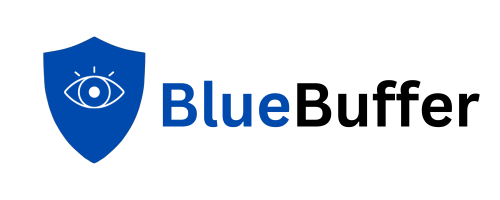Blue Light is a buzzword on the internet. When you listen to Huberman’s podcast about it you may think one thing, then when you check twitter you may think another. It’s important to have context. Depending on the situation, anything can be good or bad. We’re going to highlight a study this week on when it’s bad, because we want to highlight the downside risk of not protecting yourself.
The study this week is called: “Effects and mechanisms of action of light-emitting diodes on the human and internal clock” by Yvan Touitou and Sebastien Point. In case you want to go around the paywall, you can read the source doc here
First of all, what is Blue Light and where am I getting it?
Blue Light is some of the highest energy light waves that are visible to the human eyes. There is a general range where this is said to be but the study mentions 380 nanometers to 500 nanometers. The largest source of Blue Light in your life is the sun, but many artificial sources play a role too, like your phone screen. Most screens (including your iPhone) are lit by LED lights which emit twice as much Blue Light as non-LED screens. Below is a table covering just how much Blue Light white LED’s output compared to warm LED lights:

Ok, but why does it matter how much Blue Light I get?
The study goes on to break down how Blue Light exposure affects melatonin secretion at night. I know, I know, “melatonin secretion” sounds gross, but that is the process of your sleep hormone (melatonin) getting released every night.
Interestingly, the study says “Light has markedly different effects depending on the time of exposure. Exposure to light at night at the time of the melatonin secretion peak, which is approximately between 12:00 p.m. and 4:00 a.m. inhibits melatonin secretion, which remains completely inhibited for the entire duration of exposure and is then restored as soon as the light exposure is terminated. Notably, even low light intensities, such as those of various screens, such as smartphones, also inhibit the secretion of melatonin”
That quote mentions light, not specifically Blue Light, so why such a fuss about big bad Blue Light? Well, the study also mentions, “The blue band of light is responsible for most of the effects of light on the clock [circadian rhythm], and amongst the different wavelengths the blue-band of light spectrum is the most potent inhibitor of melatonin secretion.”
Alright, it suppresses melatonin, but why is that so bad?
There are a myriad (that’s my $5 word for the day) of different reasons why melatonin suppression is bad for you, including but not limited to shorter sleep, lower quality sleep, inhibited recovery overnight, and more.
One interesting callout from the study was that melatonin suppression at night results in an increase in estrogen levels.
Alright, all of this sounds bad. How can I protect myself?
There’s a few different ways to limit your Blue Light exposure at night. You can:
- Put your phone away a few hours before bed every night
- Wear Blue Light blocking glasses a few hours before bed every night
- Put on a BlueBuffer, our Blue Light blocking iPhone screen case, one time and never worry again
We figured that #1 above was just impossible to do in today’s day and age and that #2 could get annoying always having to remember to wear glasses and bring them with you.
With #3, it’s a one-time application and you get two benefits: protection for your phone AND protection for your sleep. If you’re wondering if we actually work, check this video of a BlueBuffer case blocking similar Blue LED lights in real time.
Thank you for making it this far in the article. We appreciate your time and as a thank you, try “EARLYACCESS” at checkout for $10 off. If you like what we write, check out our blog for more!

